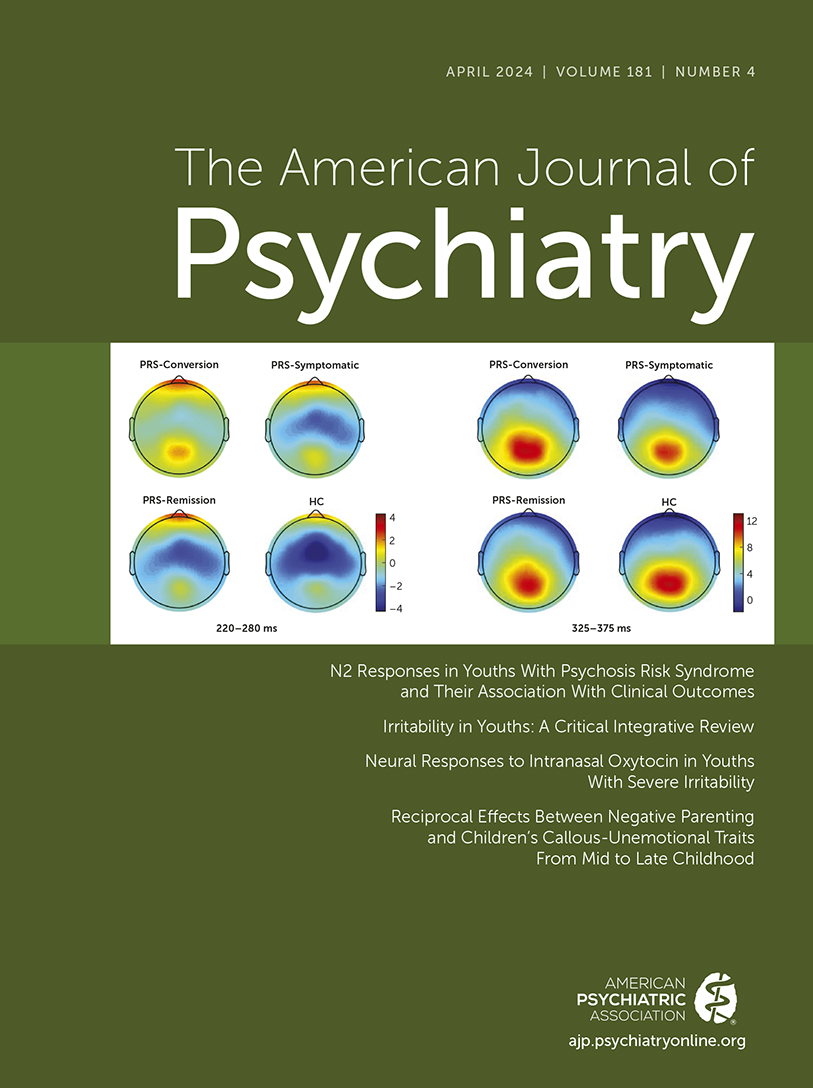Sex-Specific Distributed White Matter Microarchitectural Alterations in Preadolescent Youths With Anxiety Disorders: A Mega-Analytic Study
Abstract
Objective:
Anxiety disorders are among the most common psychiatric disorders in youths and emerge during childhood. This is also a period of rapid white matter (WM) development, which is critical for efficient neuronal communication. Previous work in preadolescent children with anxiety disorders demonstrated anxiety disorder–related reductions in WM microstructural integrity (fractional anisotropy [FA]) in the uncinate fasciculus (UF), the major WM tract facilitating prefrontal cortical–limbic structural connectivity. Importantly, this association was found only in boys with anxiety disorders. To confirm this finding and more comprehensively understand WM changes in childhood anxiety, this mega-analytic study characterizes WM alterations related to anxiety disorders and sex in the largest sample of preadolescent children to date.
Methods:
Diffusion tensor imaging data from published studies of preadolescent children with anxiety disorders and healthy volunteers (ages 8–12) (N=198) were combined with a new data set (N=97) for a total sample of 165 children with anxiety disorders and 132 healthy volunteers. Children with anxiety disorders met DSM-5 criteria for current generalized, separation, and/or social anxiety disorder. Analyses of tractography and voxel-wise data assessed between-group differences (anxiety disorder vs. healthy volunteer), effects of sex, and their interaction.
Results:
Tract-based and voxel-wise analyses confirmed a significant reduction in UF FA in boys but not girls with anxiety disorders. Results also demonstrated other significant widespread anxiety disorder–related WM alterations specifically in boys, including in multiple commissural, association, projection, and brainstem regions.
Conclusions:
In addition to confirming male-specific anxiety disorder–related reductions in UF FA, the results demonstrate that anxiety disorders in boys and not girls are associated with broadly distributed WM alterations across the brain. These findings support further studies focused on understanding the extent to which WM alterations in boys with anxiety disorders are involved in pathophysiological processes that mediate anxiety disorders. The findings also suggest the possibility that WM microarchitecture could serve as a novel treatment target for childhood anxiety disorders.



